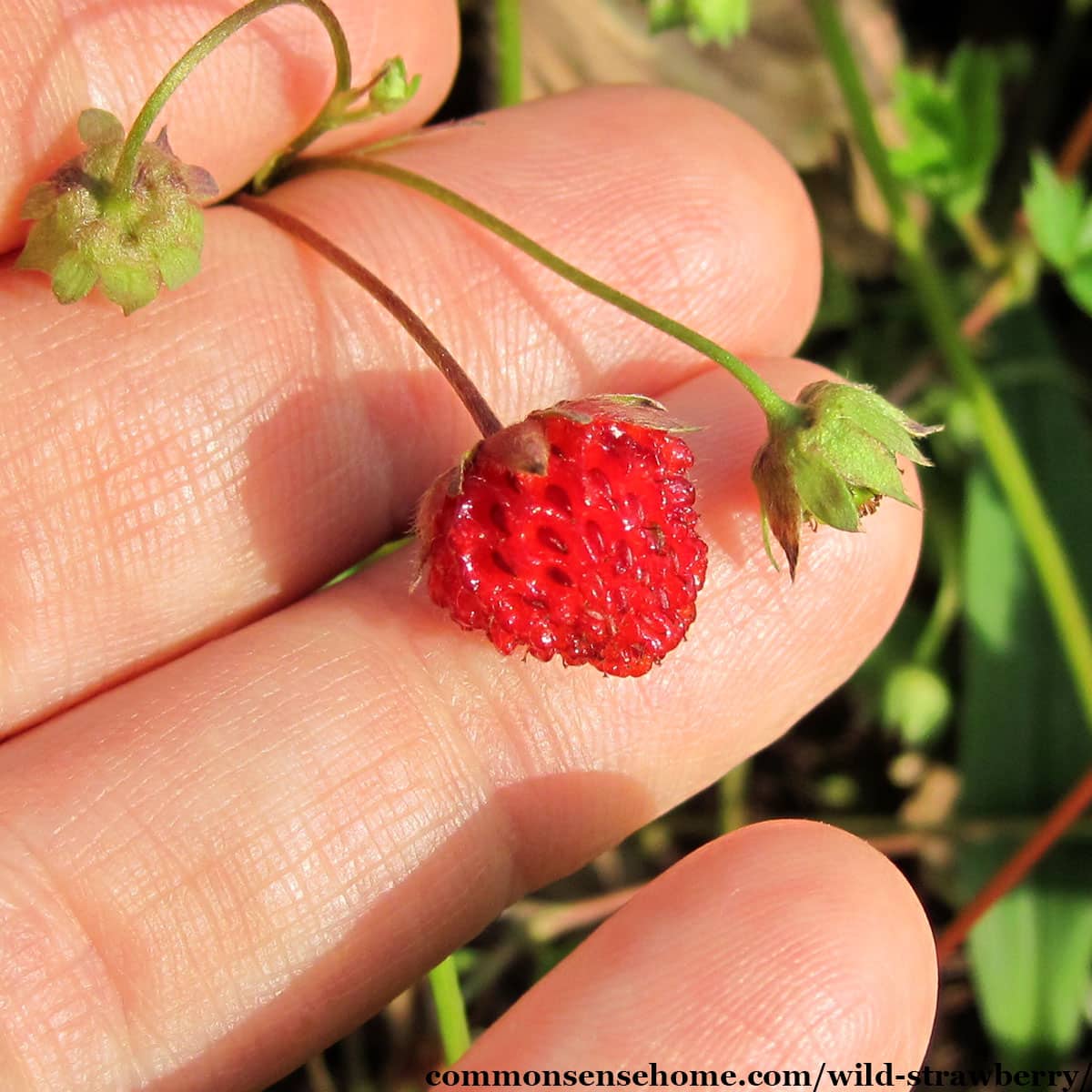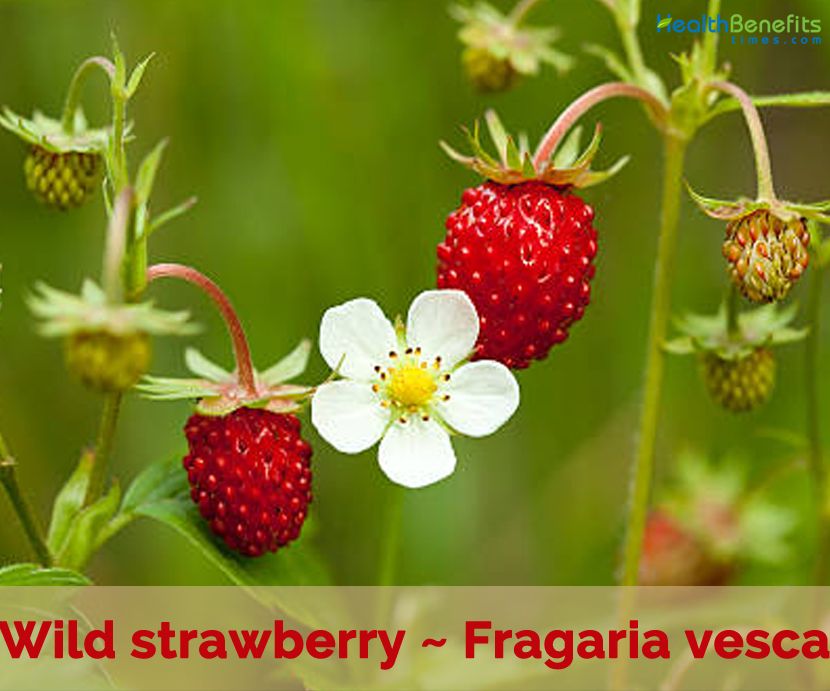

However, keep in mind that they then need regular watering to be able to survive the summer. You can also plant them in March and April. The first leaves sprout in spring when they are supplied with water and nutrients from the roots. The perennial plants slowly go into winter dormancy during this time and begin to establish themselves underground. The ideal time for planting these and other perennials is late autumn between mid-October and the end of November. All wild and alpine varieties can be cultivated in pots and window boxes, so they are ideal for any small outdoor growing space such as a balcony, terrace or patio. Varieties that do not form any runners are great for planting along the edge of borders and as companion plants in perennial beds. Wild strawberries and a few alpine strawberries spread through runners which make them ideal for planting as ground cover or underplanting around woody plants and fruit trees. Wet, clayey, and compacted soils are unsuitable as they can lead to root rot. The ideal soil for wild strawberries is moist to moderately dry, nutrient-rich and loamy with a slightly acidic pH. Wild strawberries can be planted in shade and partial shade, but they prefer sunny locations. The variety ‘Alexandria’ does not spread through runners Planting wild strawberries: when, where and how ‘White Soul’: cream-coloured alpine strawberry with hardly any runners and a sweet, aromatic flavour.Harvest time for these sweet, aromatic fruits is between June and September. ‘Yellow Wonder’: cream-coloured alpine strawberry without runners.Ideal for edging beds or keeping in large tubs. It was first developed in 1920, but since then, there is a new cultivar, the ‘Improved Rügen’. ‘Rügen’: red alpine strawberry with high fruit yield, delicious taste and hardly any runners.Bears fruits until late autumn and is good for ground cover or underplanting. ‘Baron Solemacher’: a runner-forming cultivar that comes in two varieties with red or white fruits.Fruits already in the first year after sowing and quickly forms a groundcover. ‘Attila’: runner-forming, red alpine strawberry that bears fruits until late autumn.It is suitable for balcony boxes and for companion planting in woodland-like shrub beds.

This variety flowers and produces fruits from June right through to September.

What is an alpine strawberry? Alpine strawberries ( Fragaria vesca var. In June and July, the 1 to 2 cm large, edible fruits of the wild strawberry ripen and develop their typical flavour. The flowers, which are white and have five petals, develop on upright, later overhanging stems in May. Depending on the amount of light and the location, it grows to a height of 5 to 20 cm and spreads through its many runners. As a native perennial, the wild strawberry is completely winter hardy. The plants have thick rootstocks from which sprout toothed leaf rosettes that are divided into three parts. Wild strawberries are common in the temperate climate regions of Eurasia and are usually found growing on the edge of woodlands. They both belong to the rose family (Rosaceae). The wild strawberry ( Fragaria vesca) is closely related to the cultivated garden strawberry ( Fragaria x ananassa). Wild strawberry flowers, taste and characteristics
#WILD STRAWBERRY HOW TO#


 0 kommentar(er)
0 kommentar(er)
